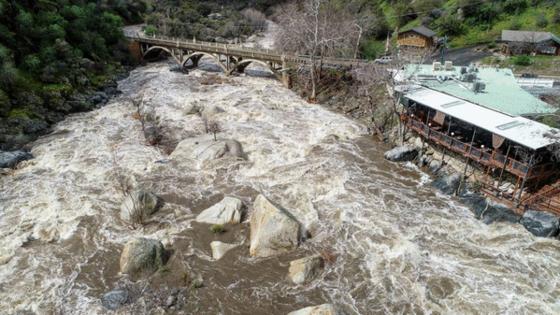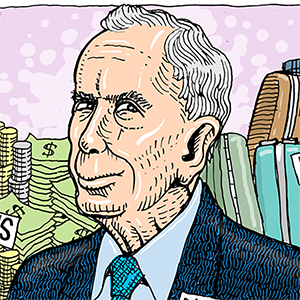Worsening weather is igniting a $25 billion market
Published in Business News
Marty Malinow's mom never could get her head around what her son did for a living. To friends, she said he was “a stockbroker that does something with the weather.” Malinow couldn’t really object — he knew most people had no clue about financial contracts based on things like sunshine, rainfall and wind.
That’s beginning to change. Against a backdrop of rising climate volatility and social shifts, demand for weather derivatives is surging. Average trading volumes for listed products jumped more than 260% in 2023, according to the CME Group, with the number of outstanding contracts currently 48% higher than a year ago. And that publicly traded corner could make up as little as 10% of all activity, according to industry estimates; outstanding derivatives may be worth as much as $25 billion based on notional value.
“There’s a lot more trajectory to our business right now,” says Malinow, the founder and chief executive officer of advisory firm Parameter Climate. “The heightened fragility from direct weather volatility, supply-chain issues, inflation, geopolitics. It means weather can eat up a bigger part of the bottom line now.”
Wall Street's better-known weather bets, catastrophe bonds, are also riding high following a year of bumper returns. But this boom is playing out in derivatives, which provide a different kind of hedge: Protection from less severe but more common meteorological threats. While a cat bond may pay out if a 100-year storm tears through a community, a weather derivative can compensate a tourism business if there are too many rainy days, or a farmer if a hot summer stresses her crops.
In response to the soaring demand for its listed derivatives — all based around temperatures — the CME expanded its offerings last year. Now traders and companies can buy options that cover Philadelphia, Houston, Boston, Burbank, Paris and Essen, Germany, in addition to established contracts covering locations like Chicago, New York, London and Tokyo. In their August debut, 5,000 “Heating Degree Day” options (tied to how cold it gets) traded for Essen alone.
“We’re in market version 3.0,” says Scott Klemm, chief revenue officer at Arbol Inc., which structures products for companies looking to hedge their weather risk. “The growth trajectory where we are now has way more runway, way more upside.”
Facing the threat
Part of the jump in demand is driven by corporations newly confronting their exposure to the elements. In some cases, it’s because their operations have already been impacted, in others because they’re responding to investor and consumer pressures. In many jurisdictions, regulators are beginning to compel companies to quantify just how much of a threat the weather is to their business.
Most large and listed European companies are now required to disclose what they see as risks and opportunities from environmental factors. In the U.S., the Securities and Exchange Commission finalized rules in March that would make it mandatory for companies to publish information describing the climate-related risks that may impact their business, as well as any mitigation steps they’ve taken.
“All of these companies have weather risks that they’re not hedging, and now they have to deal with it,” says Nicholas Ernst, managing director of climate derivatives at BGC Group, a market intermediary. “We’re starting to move into this much larger financial market.”
...continued
©2024 Bloomberg L.P. Visit bloomberg.com. Distributed by Tribune Content Agency, LLC.







Comments